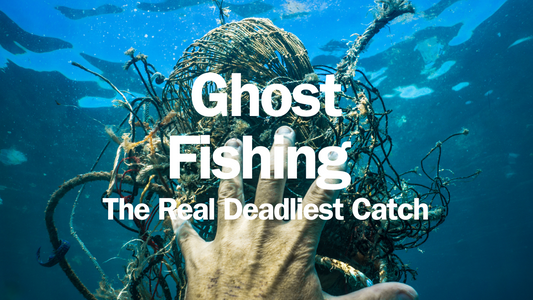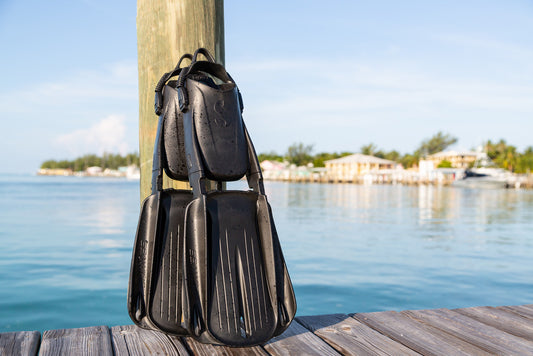The Far East, mainly formed by Indonesia, Malaysia and Papua New Guinea, is famous for its vast catalogue of marine life, with more species identified than in any other area of the world. These range from the tiniest pigmy seahorse to the giant manta ray. North Suluwesi and Raja Amphat, Sipadan and Layang Layang, Loloata, all are names famous or about to be famous with travelling divers.
Lately, scuba divers have come to appreciate the tiny and obscure, even bizarre, animals that live in environments other than coral reefs. We call it ‘muck-diving’ and there is one particular place where it all started.
The strait between Lembeh and the mainland of North Sulawesi is not some idyllic stretch of water, twinkling limpidly and inviting. It is a busy waterway frequented by thousands of small local boats, as well as assorted freighters and tugboats hauling barges, serving the nearby port.
Lembeh Strait is unique. There is nowhere quite like it. It is littered with the detritus dropped carelessly from boats for the past 1000 years. It's a rubbish dump - so why go there?
It’s as if, when God was making the animals that inhabit the Earth, he dumped here anything he got a bit wrong. It’s the place to find God’s out-takes. As you focus in on the grit and muck that makes up the bottom, you realise that it is actually heaving with life. A million different animals await you, and most are like nothing you have seen before. If it looks like a bit of rubbish, it's probably an animal camouflaged to look like its surroundings, or really is a bit of rubbish but with an animal living in it. Only an unprovoked movement can give away the truth.
None of the creatures is very large, so instead of wondering what on earth you are doing diving there, get down and examine what lies in the rubble. Use a powerful magnifying glass if that helps. Even the odd discarded plastic bag provides a home for something or other. The rule is to dive with your eyes, not your hands. Many of these small animals are very venomous! But they queue up to be photographed. It just means that you have to be circumspect about your buoyancy control. Almost everything seems to live on or in the bottom.
Lembeh Strait is not unique in that the strange marine animals that inhabit its seabed cannot be found elsewhere. What is unusual is the sheer profusion of varieties of bizarre creature found in such close proximity to one another. You seem to be knee-deep in frogfish of all types - giant, hairy, warty, the lot. There are zebra lionfish, scorpionfish, gurnards and puffers, and many different nudibranchs, scattered like a spilt bag of Liquorice All-Sorts. Colourful ribbon eels gape in alarm from the safety of their holes. Like so many Russian dolls, every animal seems to have at least one other living within it. At night, in pitch darkness, the rare little mandarin fish leaves the protection of the rubble to make a brief mating dance in mid water, before dashing back to safety.
Muck-diving is proving popular elsewhere too, not least because of the new found popularity of
compact digital underwater cameras that can record these macro subjects so well. The island of St.Vincent claims to be the critter capital of the Caribbean.
Happy Diving - John Bantin






